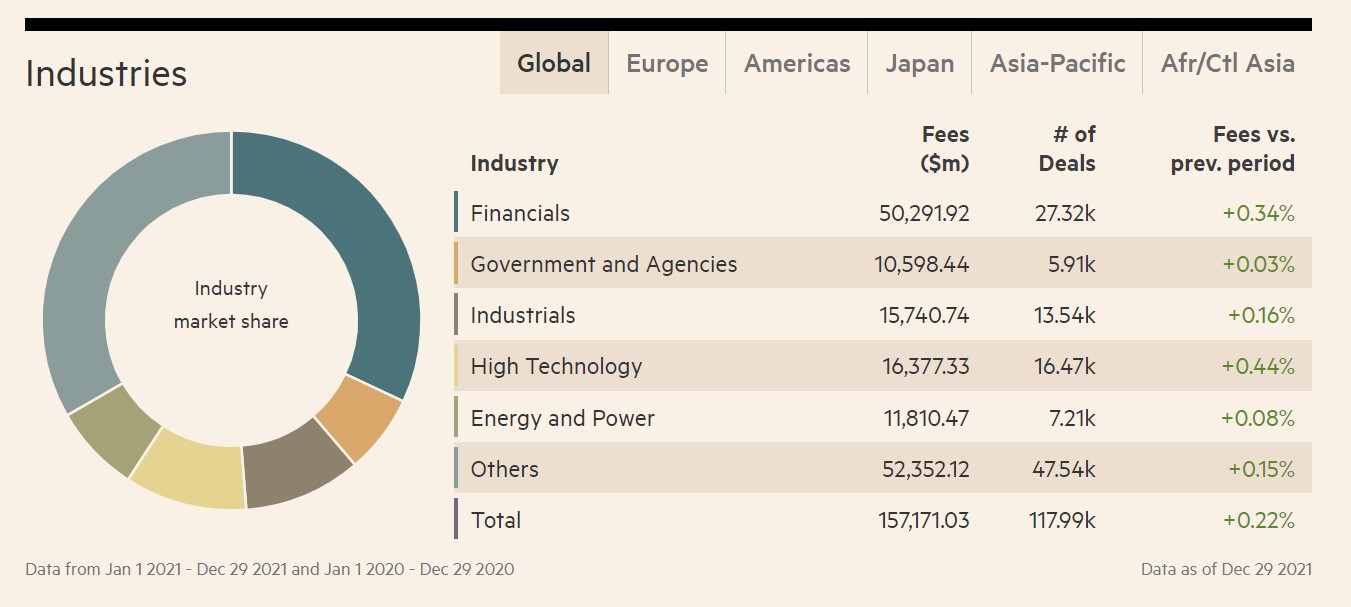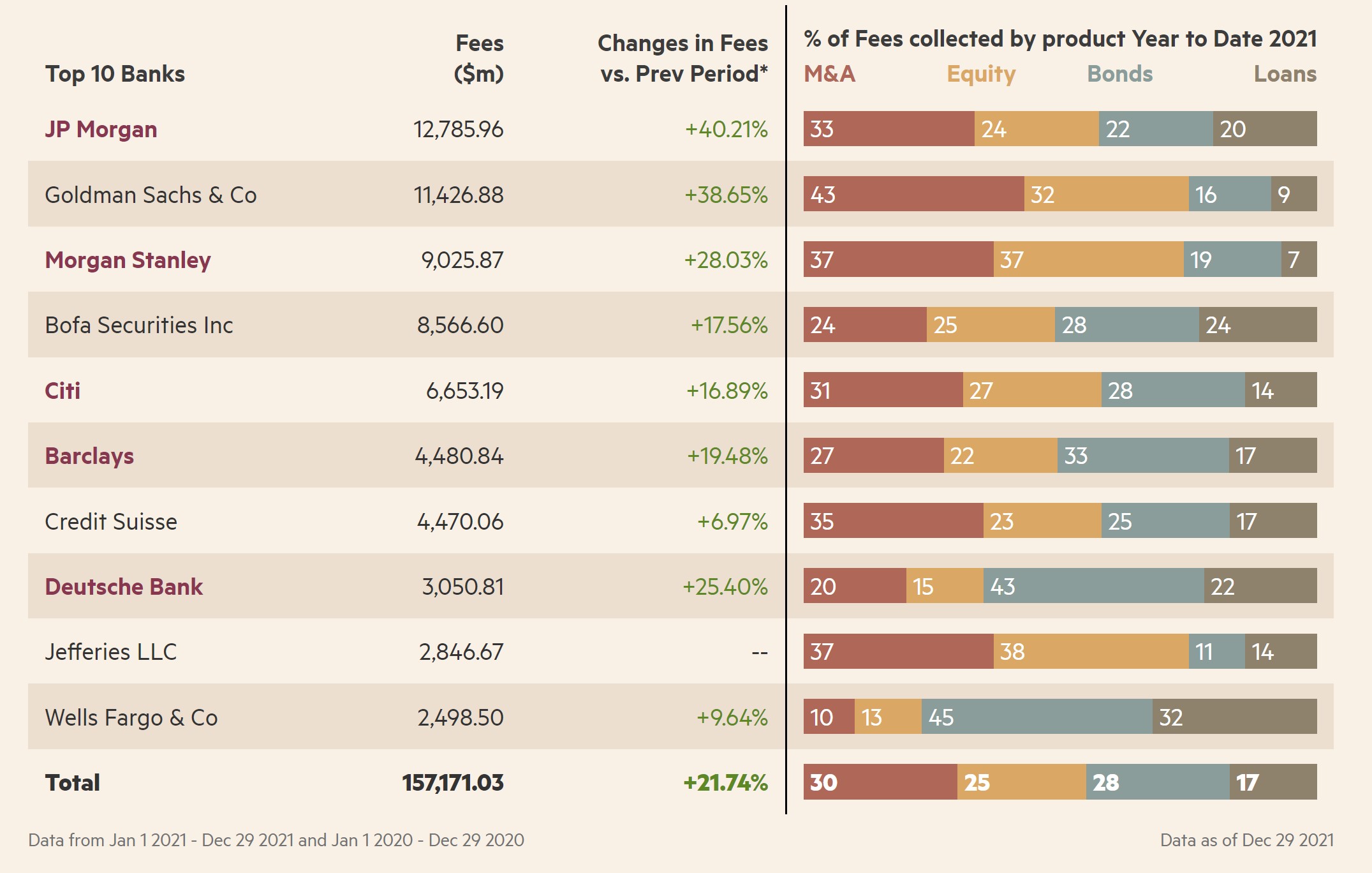- What is the Salary in Investment Banking?
- Investment Banker Salary: Compensation Structure (2024 Update)
- U.S. Investment Banking Analyst Salary (New York)
- Stub Bonuses in Investment Banking Compensation
- U.K. Investment Banking Analyst Salary (London)
- What Factors Determine the Bonus in Investment Banking?
- 2023 Projected Investment Banking Bonuses on Wall Street
- Investment Banker Career Path (Post-Analyst Salary)
What is the Salary in Investment Banking?
Investment banking analysts are typically hired straight out of college into a two-year program that sometimes extends to a third year.
In the following compensation report, we’ve compiled the latest data on the average investment banking salary, with industry-specific insights on the factors that influence the total all-in comp.

Investment Banker Salary: Compensation Structure (2024 Update)

The investment banking analyst salary is comprised of two parts:
- Base Salary → For a first-year analyst at a “bulge bracket” (i.e. large, top tier) investment bank in New York City, the base salary was raised in 2021 to $100,000 (from $85,000).
- Year-End Bonus → Most analysts receive a year-end bonus in the $70,000-$90,000 range, whereas the top performers will get a bonus as high as $100,000.
For most 1st year analysts in investment banking, the average “all-in” comp comes out to around $170,000 to $190,000.
Learn More → Investment Banking Primer
U.S. Investment Banking Analyst Salary (New York)
The table below summarizes the average compensation for 1st year, 2nd year, and the increasingly rare 3rd year analyst.
Notably, the bulge brackets like Goldman Sachs (GS) and JP Morgan (JPM) raised the base salary for junior analysts, with practically all others investment banks following suit.
For instance, Goldman Sachs raised base salaries for their entry-level investment banking analysts from $85,000 to $110,000.
Therefore, in addition to the increased base salary, the top banks are focusing on building a “pay-for-performance” culture.
| Position | Base Salary | Bonus | All-In Comp |
|---|---|---|---|
| 1st Year Investment Banking Analyst |
|
|
$170,000 to $190,000 |
| 2nd Year Investment Banking Analyst |
|
|
$185,000 to $205,000 |
| 3rd Year Investment Banking Analyst |
|
|
$200,000 to $230,000 |
Stub Bonuses in Investment Banking Compensation
Analysts start in the summer after completing undergrad, joining full-time in the middle of the year.
Traditionally investment banking analysts get their first-year bonus a full 12 months after arriving and don’t switch to calendar year bonuses until they are promoted to associate (“a to a”).
However, firms are increasingly switching to the “stub year” model for IB analysts, to reset their bonuses to a December calendar year-end. In this case, analysts get a “small” stub at the end of their first calendar year (usually $30,000-$35,000 just 5 months after arriving), with the next bonus coming 12 months later.
U.K. Investment Banking Analyst Salary (London)
Investment banking analyst salaries in London are lower than in NYC.
As is the case in the United States, there is a standard base: In London, almost all firms currently offer a £60k base, growing to £65k and £70k for 2nd and 3rd-year analysts, respectively.
Salary is comparable to London after adjusting GBP to EUR in smaller financial hubs in Europe such as including Switzerland, Frankfurt and Zurich.
| Position | Base Salary | Bonus | All-In Comp |
|---|---|---|---|
| 1st Year Analyst |
|
|
£95,000 to £105,000 |
| 2nd Year Analyst |
|
|
£100,000 to £125,000 |
| 3rd Year Analyst |
|
|
£125,000 to £145,000 |
What Factors Determine the Bonus in Investment Banking?
There are four major factors that determine the size of the year-end bonus:
- Individual Performance – “Bottom-Bucket” vs “Top Bucket” Ranking
- Group Performance – Product/Coverage Group Success
- Firm-Wide Performance – Deal Size Volume, Deal Count, Total Revenue
- Firm Type – Elite Boutique vs Bulge Bracket vs Middle-Market
1. Individual Performance
Analysts are typically placed into 3 buckets of performance:
- “Top-Bucket”
- “Mid-Bucket”
- “Bottom-Bucket”
The absolute top performers get 100% of their base as a bonus (and in some rare cases even 105% of base), while the weakest analysts will receive 70% of the base pay at most firms.
At many firms, placing at the bottom of the group is also a not-so-subtle indicator that you will not be promoted to associate down the road.
How analysts rank relative to others in the group – as opposed to how they rank relative to other groups or across other firms – is therefore the most important indicator of career prospects within the firm.
2. Group Performance
Investment banks organize their groups primarily around industries (“coverage”) and compete with other firms based on how many deals they closed within each industry.
If an analyst is in an industry group that has closed a lot of deals and brought in a lot of revenue for the bank, the bonus pool for that group will be larger than for less successful groups.

Industries 2021 Investment Banking Fees and Deal Count (Source: FT)
3. Firm Performance
At the end of each year, investment banks set aside a certain % of the revenue generated by the firm for employee compensation.
- The better a firm does, the larger the overall bonus pool becomes, and the happier everyone gets.
- When, on the other hand, a firm’s revenue is lagging, they have to make the decision about whether to cut bonuses and face possible defections.
2021 Investment Banking League Tables (Source: FT)
4. Firm Type (Bulge Bracket, Elite Boutique, Middle-Market Bank)
Not all investment banks are the same – a select few, known as bulge bracket firms, work on multi-billion dollar deals and exist within a massive global financial institution (e.g. Goldman Sachs, Morgan Stanley and JP Morgan).
Others, referred to as elite boutiques, work on equally massive deals but focus solely on investment banking M&A advisory (e.g. Evercore, Lazard and Guggenheim).
Lastly, others are focused on the middle market. While you can slice these in a variety of ways, compensation is generally fairly well defined at the most “elite” firms:
- Elite Boutiques: Generally pay the most. For example, while the standard first-year analyst base is currently $100,000, some (but not all) elite boutiques are offering $110,000 for new analysts.
- Bulge Brackets & Top Middle-Market Investment Banks: These firms are all generally clustered around the same base comp for analysts, with bonus variation based on the factors we described above.
- Regional Middle-Market Investment Banks: These firms tend to be on the lower end of the comp scale, but still fairly close in order to stay competitive in the recruiting process. Firms that cannot afford the high base and comp generally make up for it with a much better lifestyle (i.e. fewer hours).
2023 Projected Investment Banking Bonuses on Wall Street
According to a recent research study conducted by Johnson Associates, a compensation consultant based in New York, investment banking bonuses for 2023 are projected to be either down or flat across related to the prior year.
The decline in bonuses on Wall Street is an improvement from the 2022, however, still an disappointing figure that deal flow has not rebounded.
In particular, the bonuses for M&A investment bankers is expected to drop between 15% to 25% from 2022.
Given the uncertainty in the financial markets and economic risks, M&A deal activity and the volume of transactions in the capital markets have remained low.
Most anticipate 2024 to be yet another challenging environment for corporations and investment banks alike.
But one notable exception is the bonus payouts for the equity capital markets (ECM) is estimated to be 5% to 15% higher compared to the prior year, as IPO activity gradually showed signs of recovery in the latter half of 2023.
In contrast, the debt capital markets (DCM) are expected to receive bonuses that are either in-line with 2022, or a 10% drop.
| Business Segment | Y/Y Change (%) |
|---|---|
| Investment Bank (M&A Advisory) | -15% to -25% |
| Investment Bank (Debt Underwriting) | -10% to 0% |
| Sales and Trading (S&T) | -5% to -10% |
| Asset Management | -5% to -10% |
| Wealth Management | 5% |
Projected Bonus Compensation Data (Source: Johnson Associates)
Investment Banker Career Path (Post-Analyst Salary)
As banks increasingly struggle to retain analysts who opt for private equity (despite the more relaxed dress code), fewer analysts are staying through their second year, let alone a third year.
- Associate → Increasingly, analysts that do stay are getting promoted directly to associate (going “A to A”) after two years – where compensation rises significantly ($250k+).
- Vice President (VP) → The next level up is vice president, who can make upwards of $500k.
- Managing Director (MD) → The highest on the food chain is the managing director, who makes anywhere from $500k to several million dollars.

Everything You Need To Master Financial Modeling
Enroll in The Premium Package: Learn Financial Statement Modeling, DCF, M&A, LBO and Comps. The same training program used at top investment banks.
Enroll Today






